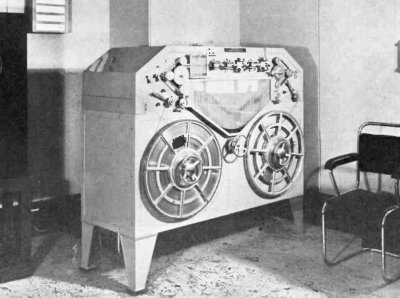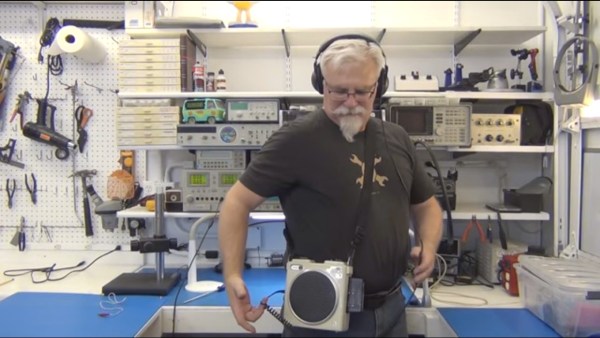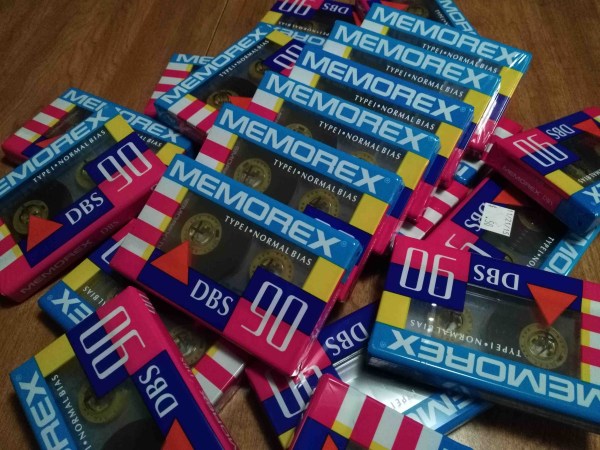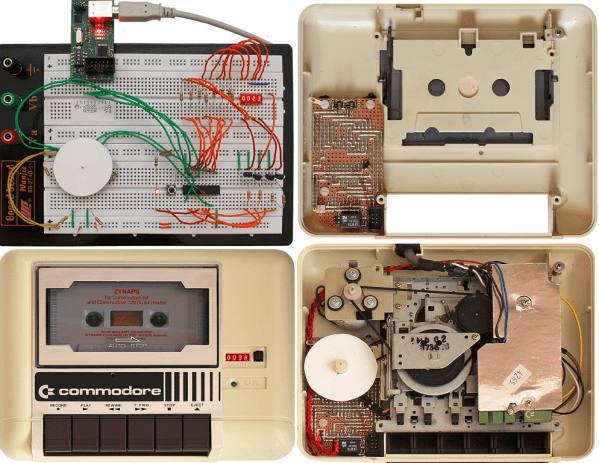When home computers first appeared, disk drives were an expensive rarity. Consumers weren’t likely to be interested in punch cards or paper tape, but most people did have consumer-grade audio cassette recorders. There were a few attempts at storing data on tapes, which, in theory, is simple enough. But, practically, cheap audio recorders are far from perfect, which can complicate the situation.
A conference in Kansas City settled on a standard design, and the “Kansas City standard” tape format appeared. In a recent video, [Igor Brichkov] attempts to work with the format using 555s and op amps — the same way computers back in the day might have done it. Check out the video below to learn more.
These days, it would be dead simple to digitize audio and process it to recover data. The 1970s were a different time. The KC standard used frequency shift method with 2.4 kHz tones standing in for ones, and 1.2 kHz tones were zeros. The bit length was equal (at 300 baud), so a one had 8 cycles and a zero had 4 cycles. There were other mundane details like a start bit, a minimum stop bit, and the fact that the least significant bit was first.
The real world makes these things iffy. Stretched tape, varying motor speeds, and tape dropouts can all change things. The format makes it possible to detect the tones and then feed the output to a UART that you might use for a serial port.
There were many schemes. The one in the video uses an op-amp to square up the signal to a digital output. The digital pulses feed to a pair of 555s made to re-trigger during fast input trains but not during slower input trains. If that doesn’t make sense, watch the video!
The KC standard shows up all over the place. We’ve even used it to hide secret messages in our podcast.


















